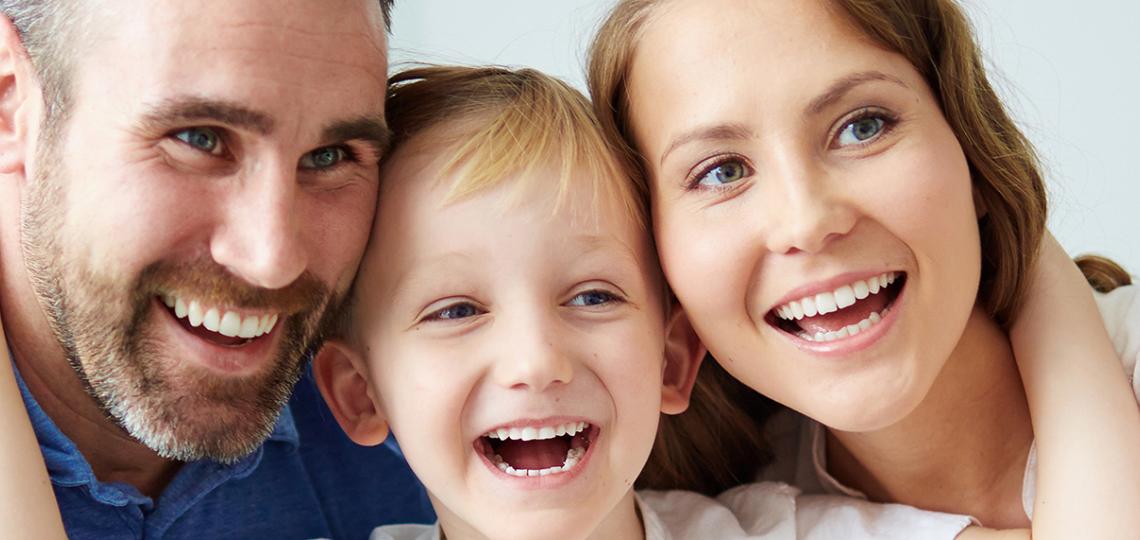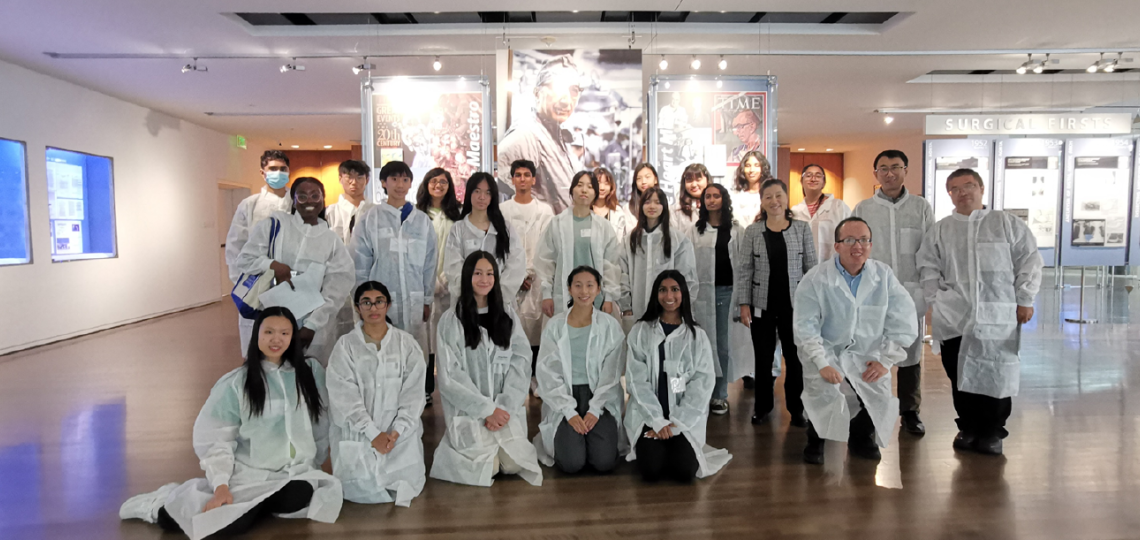High School Junior Doctors Program
For BRITE High School Student ASPIRATION Program and Symposium, visit the BRITE High School Student Program.
Junior Doctors High School Program invites high school students to a week-long summer program tailored for those who are curious about pursuing a career in healthcare. Through interactive workshops, clinical simulations and mentorship from experienced medical professionals, participants will gain real-world insights into the medical field while building the skills, knowledge and confidence necessary to take their first steps toward becoming future doctors.
- Application deadline: Rolling admission through April 29, may close earlier if spots are filled
- Students will be notified by: May 9, 2025
- Program Dates: June 23 - June 27, 2025 (full participation is required)
- Time: 8:30 a.m. - 4:30 p.m. daily (subject to change)
- Place: Baylor College of Medicine, in-person
- Fee: $975 (need-based scholarship available)
Middle School Junior Doctors Program
On April 19, 2025, sixty middle school students from across the Houston area participated in the Junior Doctors Program at Baylor College of Medicine, an interactive session designed to spark curiosity in medicine and anesthesiology. Held at the Michael E. DeBakey Center, the event featured hands-on stations where students practiced listening to heart and lung sounds, simulated epidural placement using cantaloupe models, and explored how anesthesiologists protect airways during surgery. Organized by Dr. Connie Vu Tran and Dr. Shixia Huang, with support from faculty, medical students, and volunteers, the program also included a “Meet the Doctors” panel to inspire students through real-world career journeys. Student and parent feedback reflected the program’s impact: “I love how we can interact with real professionals at one of the best medical schools,” one wrote, while others praised the “hands-on activities,” “authentic conversations with student doctors,” and how the session was “very informative” and “encouraged young students to make their dreams come true.”
What is the Junior Doctors Program?
The Junior Doctors Program is a fun, hands-on program designed to inspire young students to explore careers in medicine and scientific research. It also teaches them how to stay healthy and protect themselves from diseases. More importantly, it is about inspiring students to dream big and be in control of their health while exploring careers in medicine and science.
Who is it for?
- Elementary, middle and high school students (Kindergarten through 12th grade) who are curious about medicine, science and health.
- Schools and communities that want to give students early exposure to healthcare, science and healthy living.
Program design
- High school students: One-week summer program
- Elementary and middle school students (Kindergarten through 8th grade)
Junior Doctors High School Program invites high school students to a week-long summer program tailored for those who are curious about pursuing a career in healthcare. Through interactive workshops, clinical simulations and mentorship from experienced medical professionals, participants will gain real-world insights into the medical field while building the skills, knowledge and confidence necessary to take their first steps toward becoming future doctors.
Program agenda example
(Subject to change; sessions may not include all listed activities)
- Explore clinical skills and learn basic medical procedures.
- Introduction to medicine: Learn about the human body and how doctors understand its systems.
- Diagnosis, pathology and imaging: Explore how diseases are diagnosed using labs, imaging tools, and pathology slides.
- Family medicine and clinic shadowing: Observe how doctors care for patients in a clinical setting.
- Dermatology: prevention and skin cancer: Understand how to keep skin healthy and learn how doctors detect and treat skin cancer.
- Cancer biology and breast cancer: Learn how cancer develops and explore research and care related to breast cancer.
- Career panels featuring doctors, medical students, and scientists.
- Reflection and presentation.
Program details
- Duration: One week in summer 2025
Application: will be available soon.
Junior Doctors K-8 Program invites elementary and middle school students to explore the exciting world of medicine and science through hands-on, interactive experiences. Teachers can contact the program to discuss suitability and to schedule a session, which can range from one-to-four hours. Through engaging activities, demonstrations and mentorship from medical professionals, students will gain insights into healthcare, sparking curiosity and fostering a love for science and medicine.
What happens during the program?
(Subject to change; sessions may not include all listed activities)
Interactive stations: Students rotate through fun educational activities. A single group will cycle through three activities based on the length of the program and doctor availability.
- Exploration
- General medical exam: Students learn how to use a stethoscope to listen to a heartbeat, check blood pressure and practice proper handwashing techniques.
- Ultrasound station: Students use an ultrasound machine to see inside the body via models and learn how doctors diagnose conditions.
- Microscope exploration: Students use microscopes to examine cells, bacteria or other tiny structures.
- Medical procedures
- Surgery basics: Students explore surgical tools and learn how doctors perform operations.
- Epidural / injection practice: Using models, students learn how doctors administer an epidural or give an injection.
- Healthy living
- Sun safety: Why wearing sunscreen, hats and sunglasses is important to prevent skin cancer.
- Cancer prevention: How eating well, exercising and avoiding smoking can reduce the risk of cancers.
- Genetic health: How doctors study genes to understand and treat diseases.
- Inspiration
- Meet the doctor: Doctors and / or scientists share their stories, answer questions and let students try on a traditional doctor’s white coat.
- Students are encouraged to dream big and believe that they, too, can become doctors or scientists, no matter their background.









